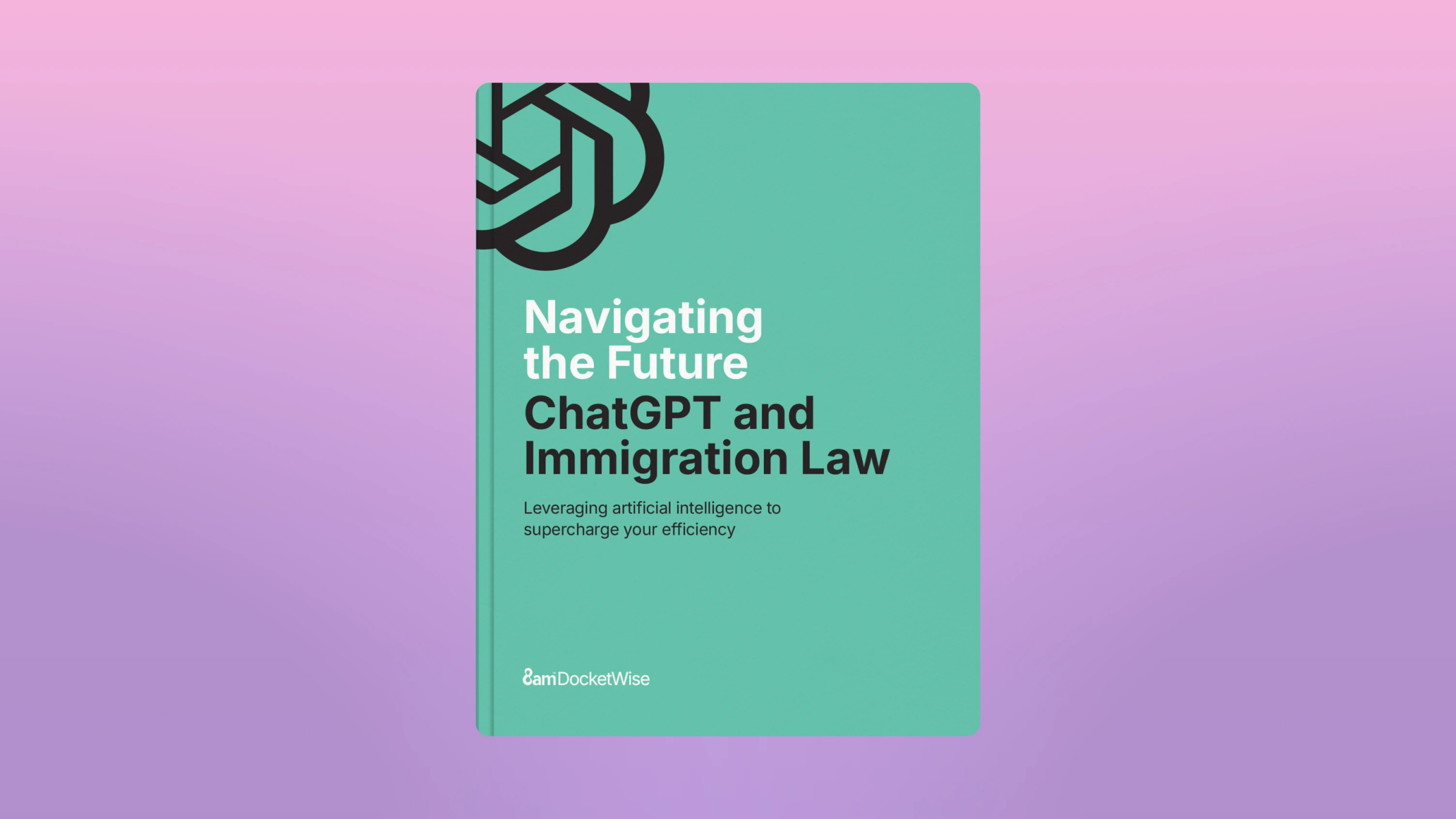Immigrants have played a starring role in conceiving what we consider to be “American cuisine,” most often by bringing over and updating food from their home countries. Not only has this made the US a global food destination, it’s also inspired numerous documentaries. Indeed, these documentaries showcase inspiring stories about immigrants who become influential cooks and restaurateurs, often leveraging the food industry as a catalyst for activism.
Plus, documentaries showcasing different foods in America can also help people understand immigrant communities better, which can be especially helpful to immigration lawyers who are looking for more ways to learn about their clients.
In this article, we’re sharing five highly regarded documentaries at the intersection of food immigration in the US.
Five excellent documentaries about food and immigration
Whether you are curious about inspiring food trailblazers, interested to learn more about a specific type of food, or looking for ideas for a new cuisine to try, consider these five works of film covering food and immigration:
1. The Donut King
The Donut King is an excellent documentary about Ted Ngoy, a Cambodian refugee who escaped the brutal Khmer Rouge regime in the 1970s and found refuge in California. After learning the ropes at a large regional donut chain, Ngoy eventually founded Christy’s Donuts.
The documentary not only focuses on Ngoy’s story as an asylum seeker who built a successful business, but also about how he helped others escape difficult conditions by sponsoring them for work in the United States. Ngoy ended up supporting his fellow Cambodian refugees by training them and helping them open their own donut shops in California. The film shows the successes and failures of Ted Ngoy, how Americans welcomed Cambodian refugees in the 70s, how first-generation immigrants often carry deep trauma from their immigrant experiences that they work hard to shield their children from, and how American-born children and grandchildren of these founding business owners are carrying their legacies today.
In this case, the food item is decidedly American - donuts. Yet in this story, an immigrant became a leader in that market, inspiring other immigrants to build their American dream through a delicious, circular American treat.
2. The Search for General Tso
If you’ve ordered takeout from a Chinese restaurant in the US, you most likely have seen General Tso’s chicken as a menu item. Yet, the dish, although named after a real Chinese general, did not originate in China. It was invented in Taiwan after many Chinese chefs fled mainland China after the Chinese civil war and, many decades later, became popular in the United States after the media began reporting that then-Secretary of State Henry Kissinger liked it.
Peng Chang-Kuei, a Taiwanese chef who is sometimes credited with being the creator of General Tso's chicken, adapted the original Hunanese flavors of the dish to his American clientele by adding ingredients like sugar to his original recipe when he opened his first restaurant in New York City in the 1970s. That way, General Tso’s chicken became the sweet dish we know today.
The Search for General Tso is an excellent example of how immigrants in the food business adapt to the tastes of their new communities. Ian Cheney, the film’s director, was puzzled about the prevailing nature of General Tso’s chicken in Chinese restaurants in the United States, especially when compared to its complete absence from menus in China and the fact that many Chinese could not recognize the dish in pictures. Cheney uses the example of General Tso’s chicken to explain the history of Chinese immigration to the United States, including the legislation passed over time to specifically prevent Chinese nationals from immigrating to the United States during times of heightened racism.
In the face of prejudice, Chinese immigrants in the United States went deeper into America’s heartland and started gaining the trust of people that may have previously held prejudices against them by making delicious, comforting food: “Chinese food without the weird stuff.” Through a mix of comedy and thorough research, Cheney showcases how Chinese immigrants have used food to assimilate but created a distinct style of food that Americans have embraced as time passes.
3. The Migrant Kitchen
The Migrant Kitchen is a five-part documentary series, later becoming a TV show, exploring the intersections between food and immigration in America, as well as how chefs and other food industry workers, who are from immigrant backgrounds or immigrants themselves, are changing perceptions of food by fusing different cuisines and cooking styles to come with entirely new cuisines. Given that workers in the food industry include immigrants coming to the United States through multiple immigration processes, and food is a unifying force across all communities, this is an excellent docu-series for any immigration lawyer to watch.
The show travels across America to showcase restaurants from multiple cuisines across different cities and focuses heavily on how it’s impossible to ignore the role of immigrants in the United States food industry. In different seasons, the show focuses on various aspects of how immigrants enter the food industry in the US including immigrants starting their own food businesses, how the descendants of immigrants maintain connections to their heritage through food while including their own perspectives, and more.
4. We Feed People
This documentary, directed by Academy Award-winning director Ron Howard, focuses on two subjects: Spanish chef Jose Andrés and his nonprofit World Central Kitchen, a disaster relief organization that provides meals by volunteer cooks in disaster areas around the world.
Before World Central Kitchen, chef Jose Andrés, who came to the United States about 30 years ago, was already a highly regarded chef. But the subject of We Feed People, while not entirely separated from Jose Andrés, does focus on World Central Kitchen. Whether in active war zones in the ongoing war in Ukraine, during the COVID-19 pandemic, or in the immediate aftermath of a hurricane, World Central Kitchen amazes local communities with its ability to mobilize chefs to provide food relief in those locations.
Chef Jose Andrés believes food and how it unifies people can be an agent of change, not only to take care of immediate needs but also to advocate for longer-term changes such as immigration reform.
5. Taste of the Tenement: An Original Food Documentary
Created as an audiovisual educational piece by the Tenement Museum in New York City, Taste of the Tenement highlights how tenements where immigrants lived in the early 20th century upon arriving in the United States influenced their approaches to food and how they translated the recipes of their homelands to their new environment.
Inspired by Hulu’s Taste the Nation, the documentary relies on recipes found in museum archives and interviews to illustrate how food shaped the Lower East Side over time and how food helps people “shape their worlds.” Thanks to the Tenement Museum’s recreation of the living conditions of immigrants and the narratives of the recipients of those original recipes, it’s easy to see how immigrants cooked in those days and how the food of immigrants is part of what makes the United States such a unique country.
Many of the recipes discussed in the documentary, collected with the help of the descendants of those who lived in the Tenement Museum’s building, are easily recognizable. You may even find something that you have your own “family recipe” for, passed down for generations, affected by the ingredients your family had available over time, such cakes, soups, stews, salads, puddings, and more.
Help your clients live their immigrant stories with Docketwise supporting your immigration law firm
Every immigration client has a story, which is why the practice of immigration is as inspiring as it is important. With Docketwise, you can streamline and automate the administrative parts of your work - from client intake to invoicing to form filling - and focus on what’s most important: supporting your clients’ immigrant journeys.
From an entire library of immigration forms to client questionnaires in multiple languages to an industry-leading set of API integrations, we help you stay current on all your cases, communicate easily with your clients, and otherwise build and manage your firm.
If you want to learn more about Docketwise, schedule a demo at the link below!
And if you’re looking for more great content in addition to our block, check out our free e-book about building a successful practice, our free online practice management course, and our new podcast, Immigration Uncovered!
Transform Your Practice with ChatGPT
Discover how AI, particularly ChatGPT, can revolutionize your practice, from automating tasks to mastering effective prompting.
Download Now
About the author

James PittmanAttorney & Co-FounderDocketwise
James Pittman is co-founder of Docketwise and was previously engaged in the private practice of US Immigration Law. He also regularly teaches Continuing Legal Education (CLE) classes on immigration law topics and legal ethics. He is admitted to practice in New York and New Jersey and is a graduate of Northeastern University School of Law.
